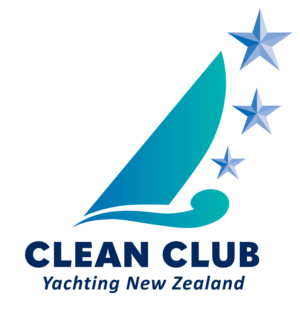With the summer season wrapping up and many of us getting our boats ready for a quiet winter, this isn’t usually the time of year we think much about anti-foul and how to keep our hulls clean for next year. I don’t know about you, but this year took a toll on my hull. I have never had so many barnacles along my water line and this despite the fact that my anti-foul is only 1 year old.
So, I started looking at what options are out there. I even had one friend of mine suggest that we get some really large tarps that we could pull tight under the hulls of our boats to make a to create a virtual “pool” for the boats to sit in. This would likely lead to stagnant and oxygen deprived water in the “pool” which would kill off any growth. An interesting idea for sure.
But the most promising solution on the market right now (as opposed to just in my friend’s head) is Acoustic Sonification (wow, sounds cool).
How does it work? Acoustic cavitation (Ultrasonication) at a microscopic level is produced by the creation and destruction of ultrasonic sound waves in the liquid within the immediate vicinity of the hull due to pressure variations.
Ultrasonic sound waves are those above audible to humans.
These sound waves propagate into the water around the hull resulting in alternating high- and low-pressure cycles occurring at 20,000 to 100,000 times per second (18kHz to 80kHz). During the low pressure cycle the sonic waves create small vacuum bubbles or voids that are then collapsed violently during the high-pressure phase (cavitation). This produces a very high local pressure wave that is sufficient to prevent microscopic marine growth reproduction and lifecycle in the immediate vicinity. However, it won’t work on wooden or ferro boats, and foam or balsa cored hulls do require mods to transducers to account for the sound absorption of the materials.
Obviously, a couple of questions come to mind.
How expensive is it? To be fair it’s not an inexpensive undertaking, initially. You’ll need to buy the kit and then do an install. Installation is probably within the bounds of a reasonably handy boat owner, and having a professional install will increase costs. However, once in place, you can probably expect it to pay for itself in a few years. You’ll have to re-anti foul less often and you can probably avoid a haul out or two.
Is it actually eco-friendly? Well, on the surface I think you’d need to say “yes”. By reducing the amount of anti-foul you use, you’re avoiding putting toxic chemicals into the ocean. By stopping adhesion of marine growth to your hull, you’re lessening the chance that you could transport an invasive species to where it’s not wanted (think the Mediterranean fan worm). And it could save you fuel by keeping you hull clean – double benefit – makes boating less expensive and reduces the amount of fuel exhaust and spills. MPI have a focus on biofouling on ships coming into the country or transiting different areas locally. Cruise ships are always a concern and this past year, they were cleaner. Read MPI’s notice here.
Looking ahead, ultrasonic antifouling will likely become the benchmark for hull biofouling management, pushing the commercial shipping industry towards more sustainable practices. It fits in with the ongoing shift towards greener shipping technologies and eco-friendly supply chains. Ultrasonic antifouling is driving innovation and environmental stewardship in the industry. We’ll also see more options become available for pleasure crafts as it becomes more mainstream.
Might be worth a look?

